After spending eight years as President of the United States, and serving half of the decade prior as a General in the US Civil War, you might think Ulysses S. Grant was ready to kick his feet up in retirement and spend some time at home. Nope. Instead, he went on a very long, very busy world tour.
In May 1877, just two months after his presidency ended, Grant and his wife Julia set off on a diplomatic holiday and they wouldn’t return to American shores until September 1879.
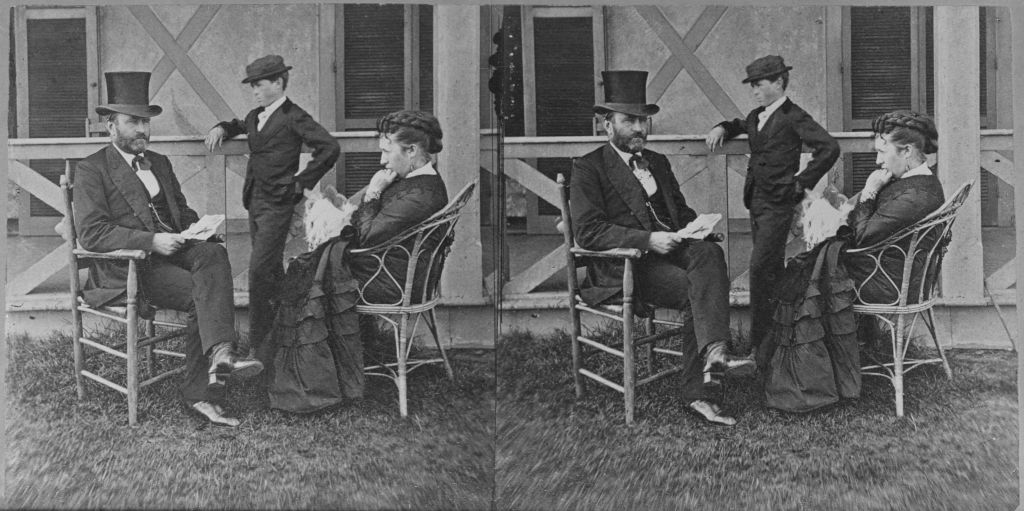
While opinion varies on America’s role on the global stage, they have been at the forefront of international politics for as long as almost all of us can remember. This was not the case in the mid-to-late 19th century. The still young nation was looking to establish itself internationally, while also reeling from corruption in the federal administration at home. Grant’s world tour helped in both regards, as he met some of the most influential world leaders and spoke in front countless people during his time abroad, and improved his reputation at home.
The tour began when the Grants embarked across the Atlantic to England, arriving in Liverpool 11 days after they set sail. Grant was met not just as a former president, but as the war hero who helped keep America together. During his stay, he met Queen Victoria I (though she was not awfully impressed by Grant’s 19-year-old son, Jesse, who she labelled a “very ill-mannered young Yankee”) and stayed at Windsor Castle, as well as going for breakfast with writers Matthew Arnold, Robert Browning and Anthony Trollope.
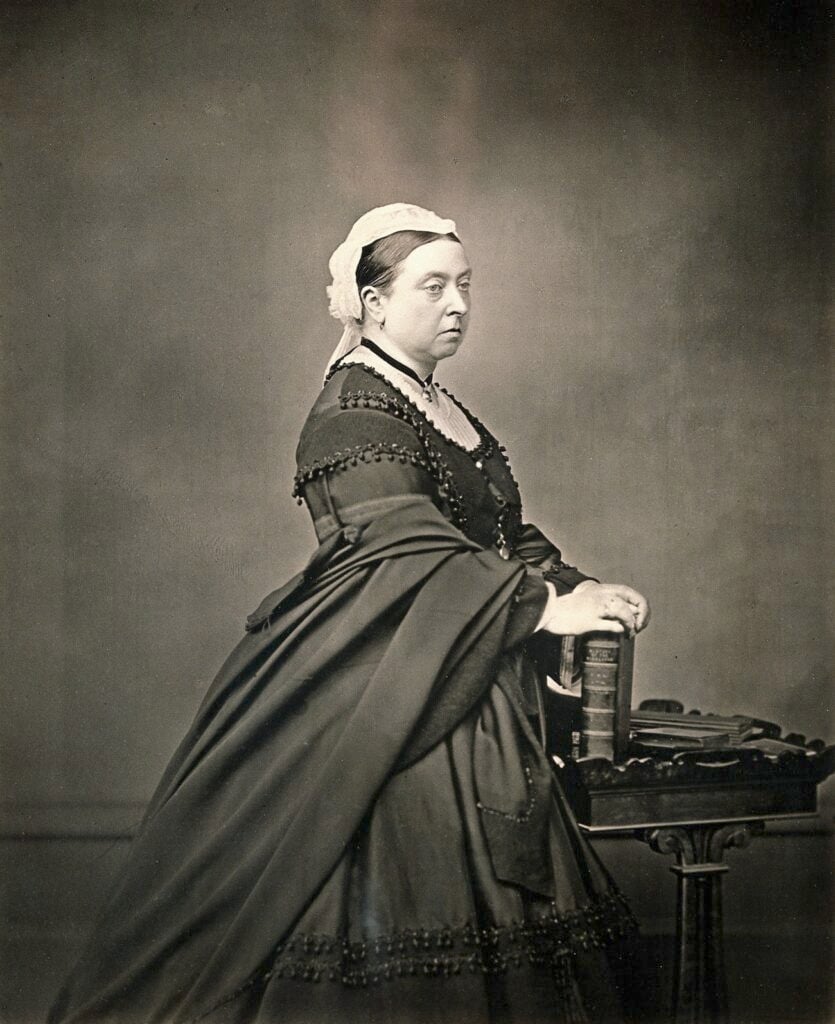
He also spoke to many ordinary people when he traveled the country, and this was the main reason the tour of the UK was such a roaring success, coming just over a century after the American Revolutionary War. Grant’s speeches were popular with Brits, and he spoke to an estimated 80,000-100,000 people in the northeastern city of Newcastle. The visit might not have formed what has long been known as the “special relationship” between Britain and the US, yet it advanced the cause. There was one slight hiccup, when then Prime Minister Benjamin Disraeli failed to realize that Grant was still a representative of the US government and not just a “commoner”, but the White House clarified that “once a President, always a President” – which broadly holds true to this day.
Read More: Who was the first person to circumnavigate the globe?
Elsewhere in Europe, he visited Germany, Switzerland (where he picked up a St. Bernard dog called Ponto who made it all the way back to America with him) and northern Italy, before returning to the United Kingdom and becoming the first American President to visit Scotland. He then visited France and Malta, and then southern Italy, before crossing the Mediterranean and arriving in Egypt.
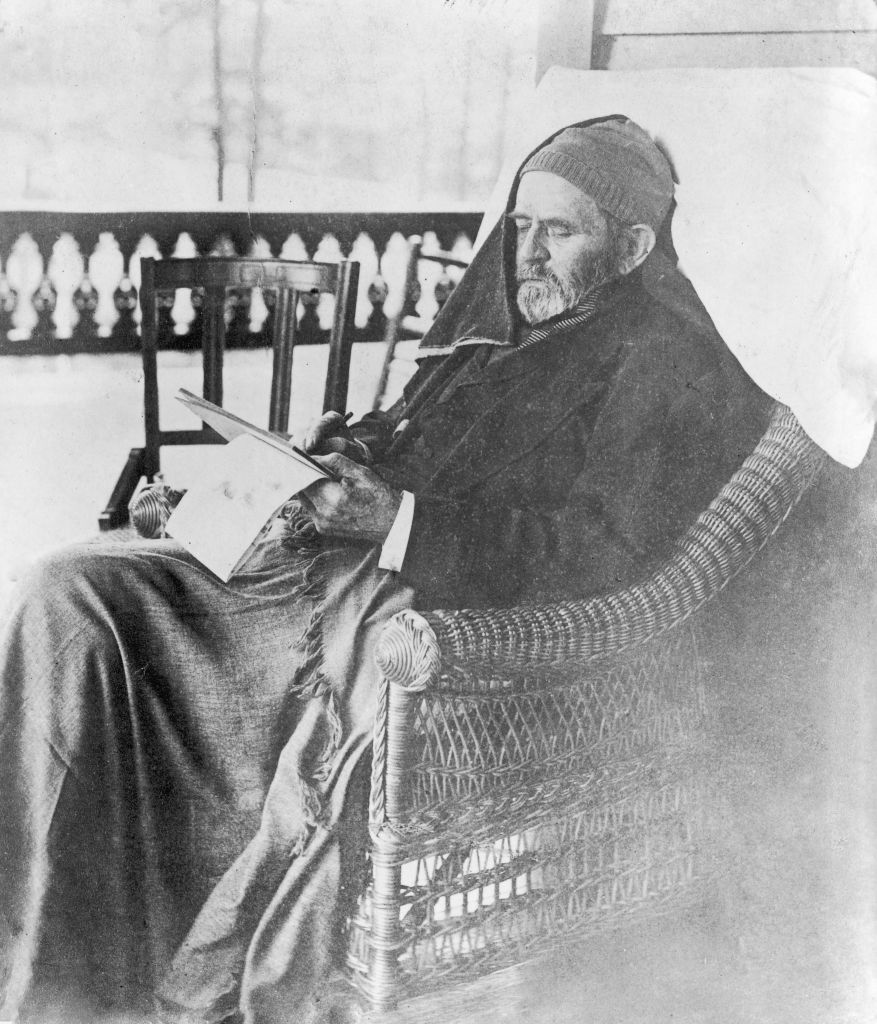
In Egypt, the Grants visited Alexandria and Cairo and sailed down the Nile. They also toured Jerusalem, before going to Constantinople, Athens, Russia and Austria. Grant met King George I in Greece, and during another stop in Rome, he met Pope Leo XIII. The dignitaries and leaders weren’t done there – on his next visit to Berlin, he and German Chancellor Otto Von Bismarck famously met, where the two discussed, among other things, military tactics.
Acting on behalf of the US and as a result of his service as the 18th President, Grant and his touring party were regularly ferried around by America’s navy.
After briefly returning to Britain again, Grant visited Ireland, the final new country during his European tour. By this point, it was early 1879, and he was rumoured to be considering returning home to mount a third run for the presidency. But after a generous offer from the navy, the Grants then embarked on a tour of Asia. Their route took them through the Suez Canal and the Red Sea, and they briefly stopped off in modern-day Yemen, before making their way over to India where they traveled extensively inland.
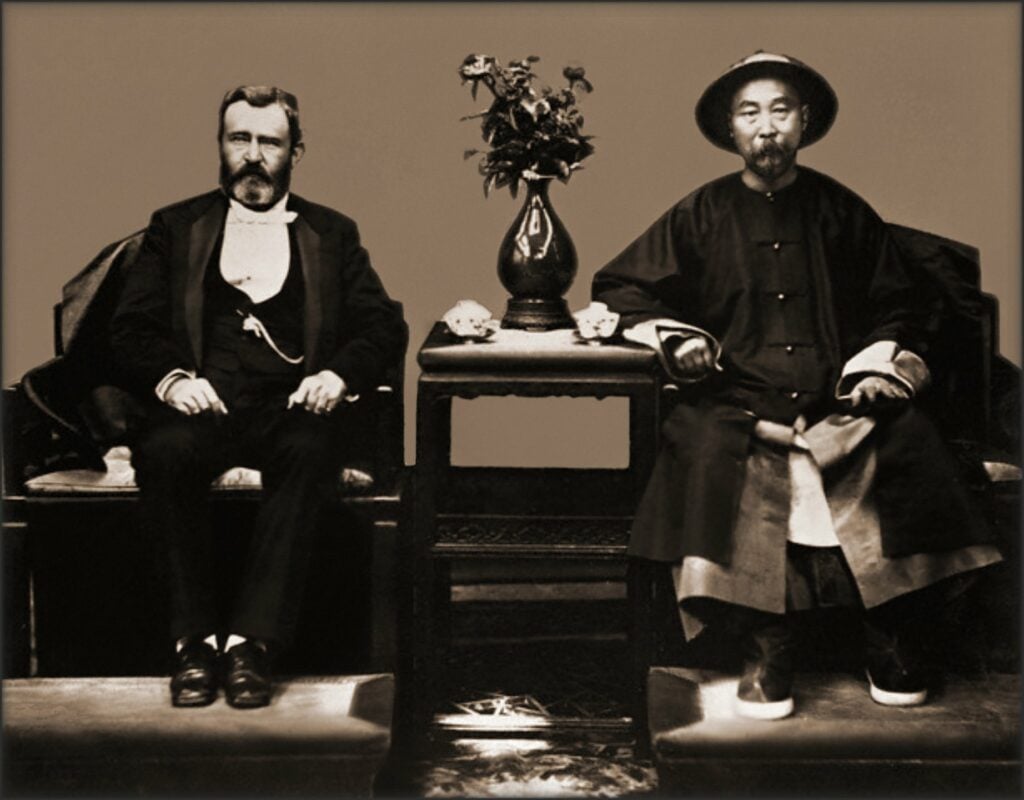
From there, they toured Burma, Singapore, Vietnam and Thailand, then known as Siam, meeting King Chulalongkorn in the latter. Despite being just 25 years old, Chulalongkorn had already been king for 10 years. They then sailed north to China and Japan. In China, Grant sat down with Li Hongzhang, a famous Chinese diplomat in the Qing dynasty, pictured above.
On September 20, 1879, the Grants arrived in San Francisco where they were welcomed by a large crowd. Though they were finally back on American shores, their tour was not entirely over yet – technically ending in Philadelphia that December, though he also went to Cuba and Mexico the following year.
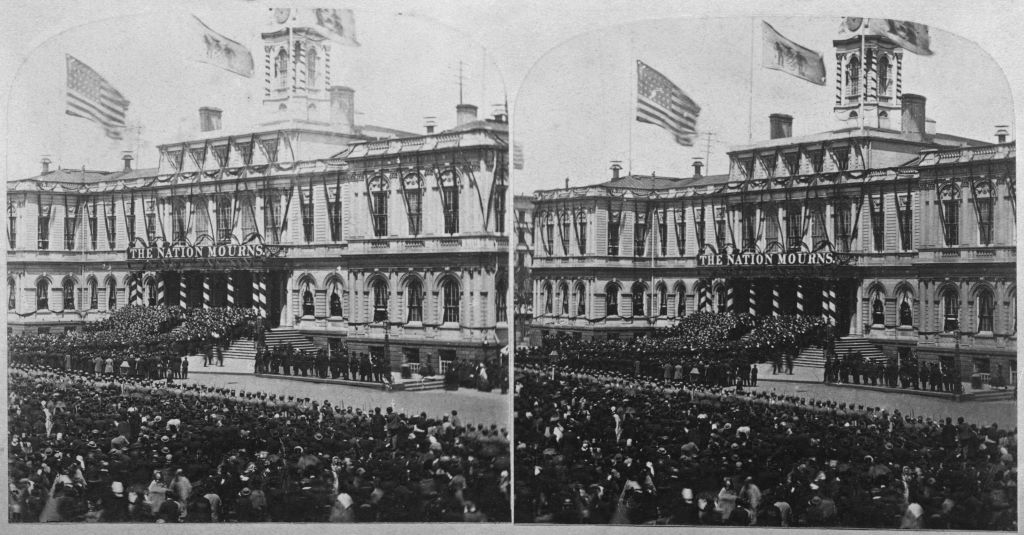
The world tour was influential in America’s rise to the global stage. It introduced Grant, and therefore America, to millions of people, and saw them sit down with global leaders across Europe and Asia. It also improved Grant’s image at home, but it was not enough to secure him the Republican nomination for the presidency.
That went to James A. Garfield, who won the 1880 election, but was assassinated the following year. Grant died in upstate New York in 1885, at the age of 63. His funeral took place in New York City, and during the 19 hours of public showing, 125,000 went and saw the Union hero. An estimated 1.5 million people lined the streets to see the final procession, then the largest crowd ever assembled in the city.






1 Comment
love this article